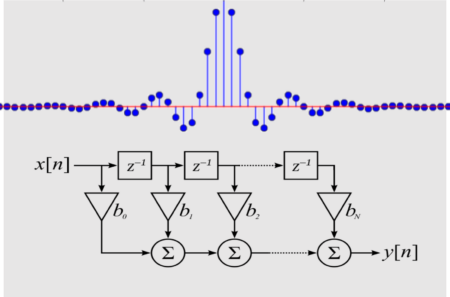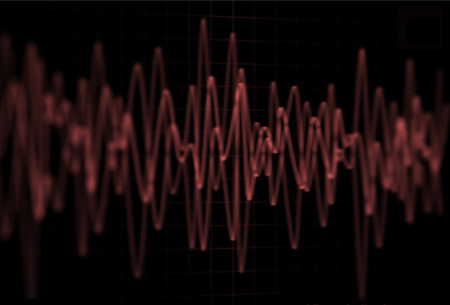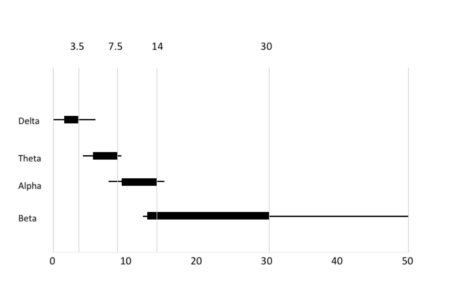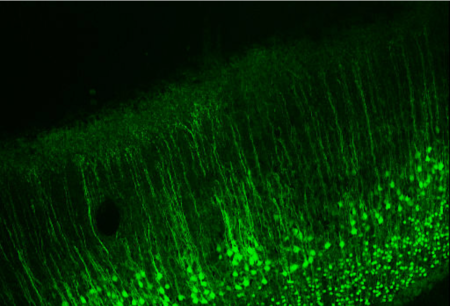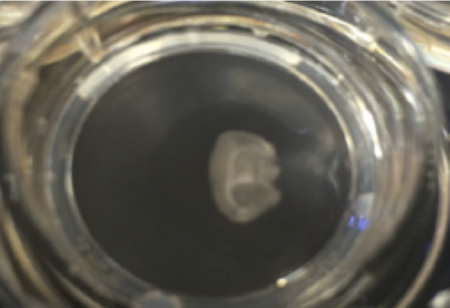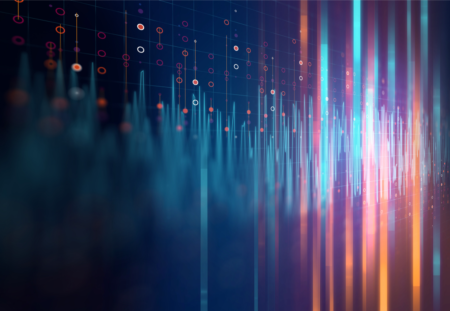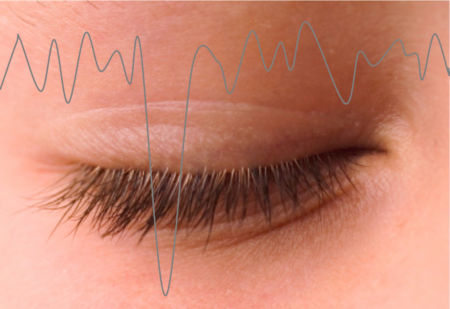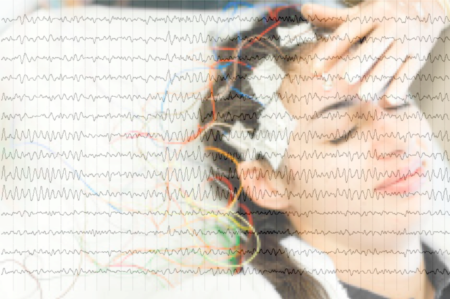Filtering of the EEG signal to remove artifacts is a common pre-processing step but introduces temporal distortions in the signal. How do you chose a…
Lab Talk
Non Sinusoidal and Non Stationary Properties of Neural Signals
Electrical signals from the brain are not simply a superposition of sinusoids resulting in limitations of fourier analysis. A recently proposed cycle-by-cycle approach can shed…
Brain Waves, Sine Waves and the Fourier Transform
The most popular method of analyzing brain signals is to decompose it into its component sinusoids using the fourier transform. However a non-sinusoidal physiology poses…
The Remarkable Inconsistency of EEG Frequency Band Definitions
Defining the power spectrum in terms of different ranges named delta, theta, alpha, beta and gamma forms a fundamental framework in the EEG literature today. …
The Inverse Problem in EEG – Assumptions and Pitfalls
Solving the inverse problem in EEG to identify the source of a signal requires a number of assumptions to constrain the solution space. These assumptions…
Brain in a Dish
Pieces of brain in a dish can give rise to synchronous electrical activity with similar characteristics to that measured in the intact brain. What aspect…
Understanding Multiscale Entropy
Multiscale entropy extends sample entropy to multiple time scales or signal resolutions to provide an additional perspective when the time scale of relevance is unknown….
Getting Rid of Eye Blink in the EEG
The eye blink is one of the most common contaminants of the EEG signal. Here we discuss some common techniques used to remove it including…
Alpha, Alpha Everywhere: What Does it Mean?
Activity in the alpha band has been a subject of much interest since the first recording of EEG. However methodological inconsistencies and confounding changes across…
Using EEG to Inform Architectural Form
The nascent field of neuroarchitecture seeks to identify the emotional and cognitive impact of visual forms and incorporate it into architectural design. In 1970, Jonas…

